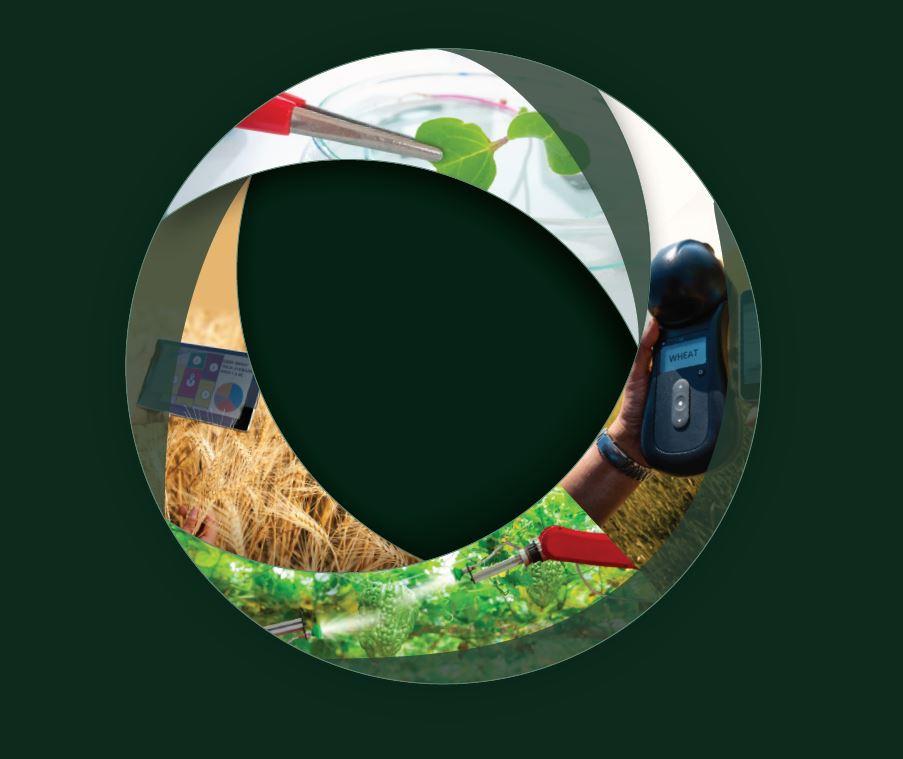
Foreword
To meet the country’s growing demand for food, feed, and fibre, India needs to increase both yield and productivity. Achieving this requires technological breakthroughs that can make farming more productive and ensure sufficient food production through sustainable use of natural resources. Ag-Tech can be a powerful link to digitalize farm-to-fork ecosystems, enable enhanced farmer incomes, and support rural development. Nearly every Indian smallholder farmer uses a cell phone. This increases their potential to be connected to other farmers, buyers, and agri-input players via digital applications. Besides in-person advisory and data collection, digitals apps have made it easier to collect data in order to generate insights based on field history, weather, soil conditions, seed varieties, markets, and much more. Digital farming can be accelerated further through India’s network of farmer producers’ organizations and crop-based value chains.
Another exciting area is the use of drones in Indian agriculture. Drones can enable visual imaging to provide real-time advisory on weather, disease, and pest management throughout the crop cycle. They can also support precision-based spraying of crop protection chemicals. Drone technology can help Indian farmers improve productivity, optimize application of crop protection products, reduce operator exposure, and overcome international trade barriers for exports. India is home to a large number of vibrant Ag-Tech start-ups working on innovations that can create transformational growth. To leapfrog the digital revolution in Indian agriculture, we need strong collaborations between start-ups and agri-players (public and private) to invest further in digital capabilities and enable last-mile reach to farmers. This will help Indian agriculture move from mere crop productivity-based outcomes to more holistic growth, where farmer profitability and sustainability of environment and incomes go hand in hand.
– D. Narain, Managing Director and Chief Executive Officer, Bay
